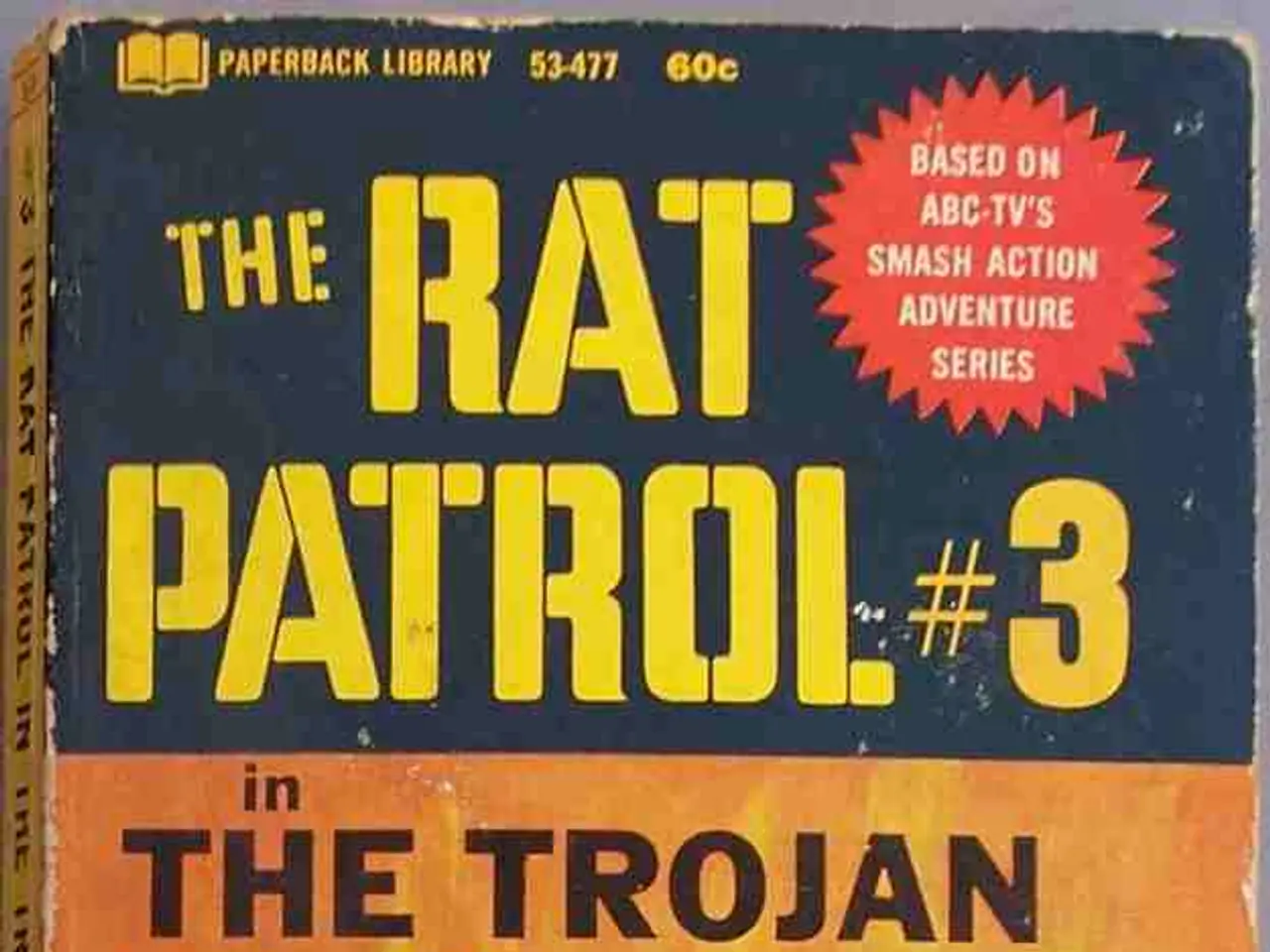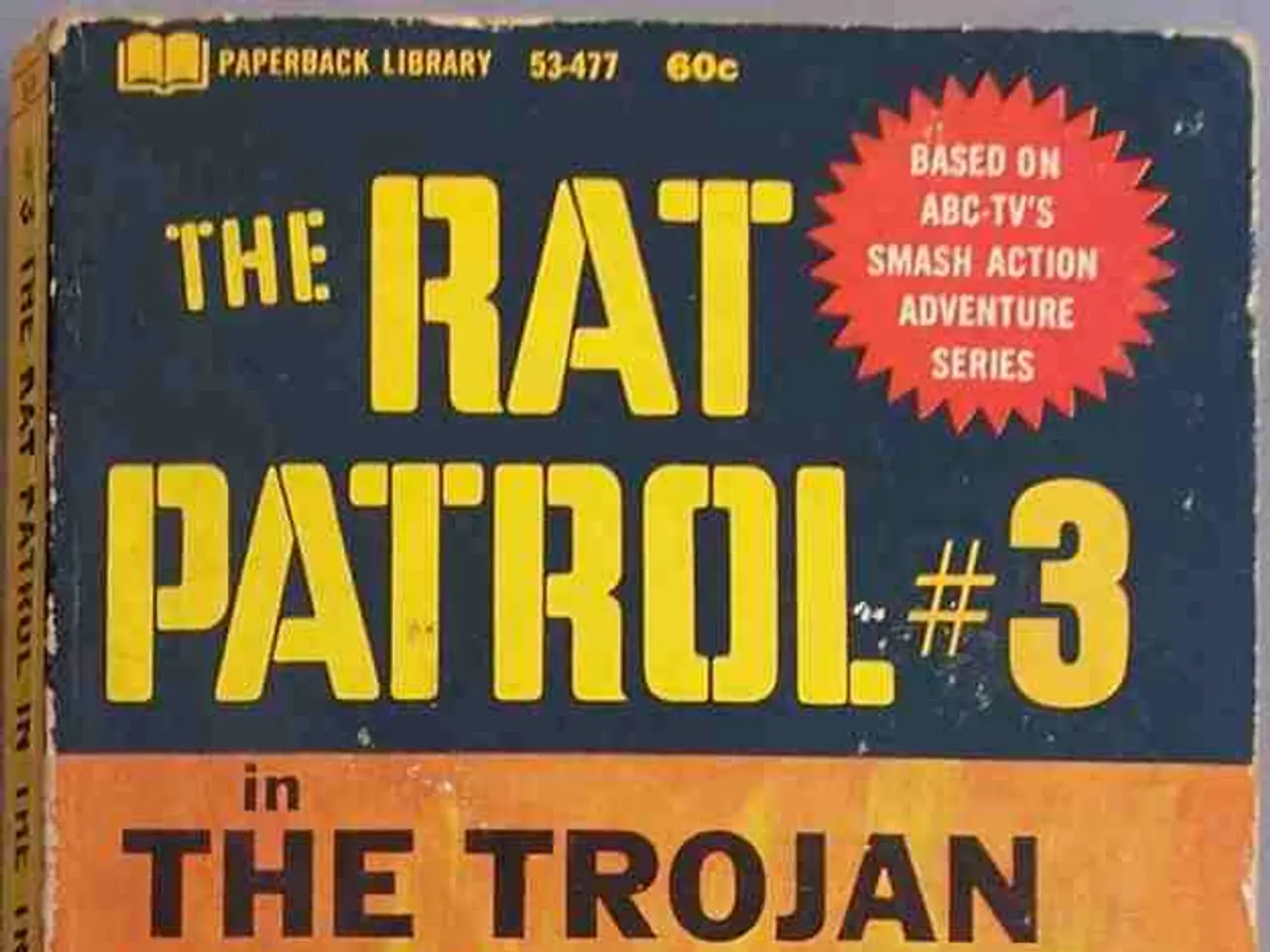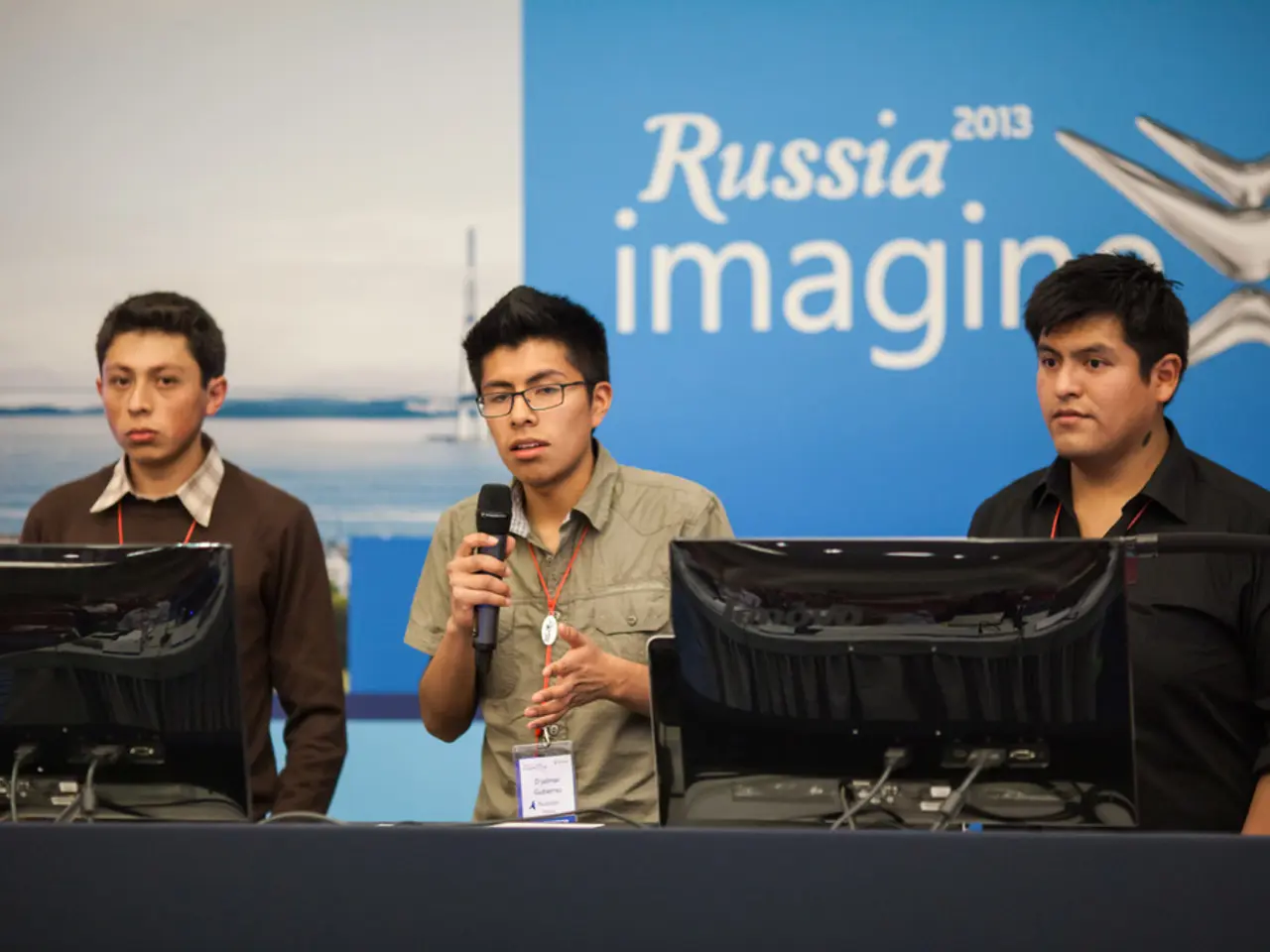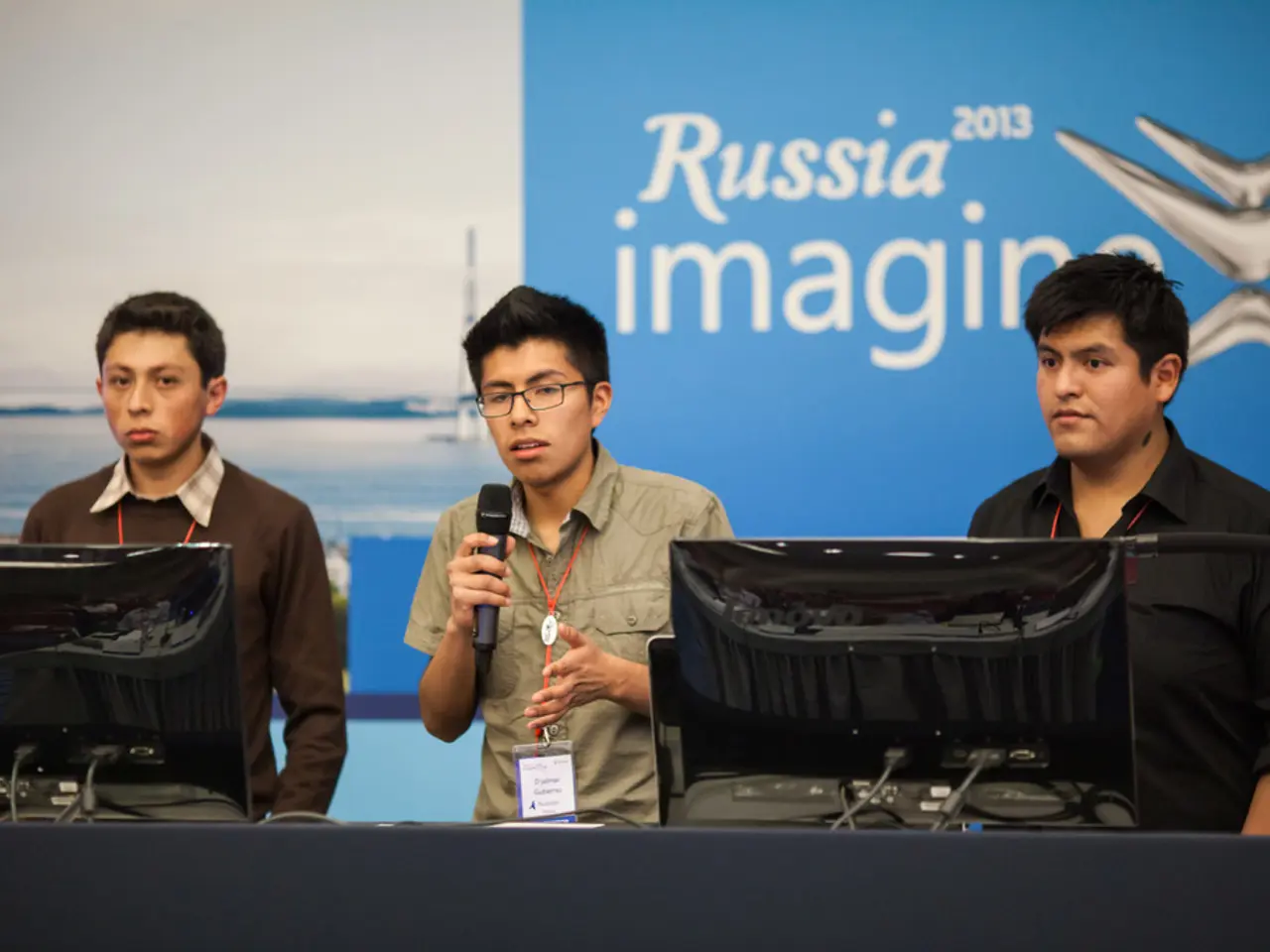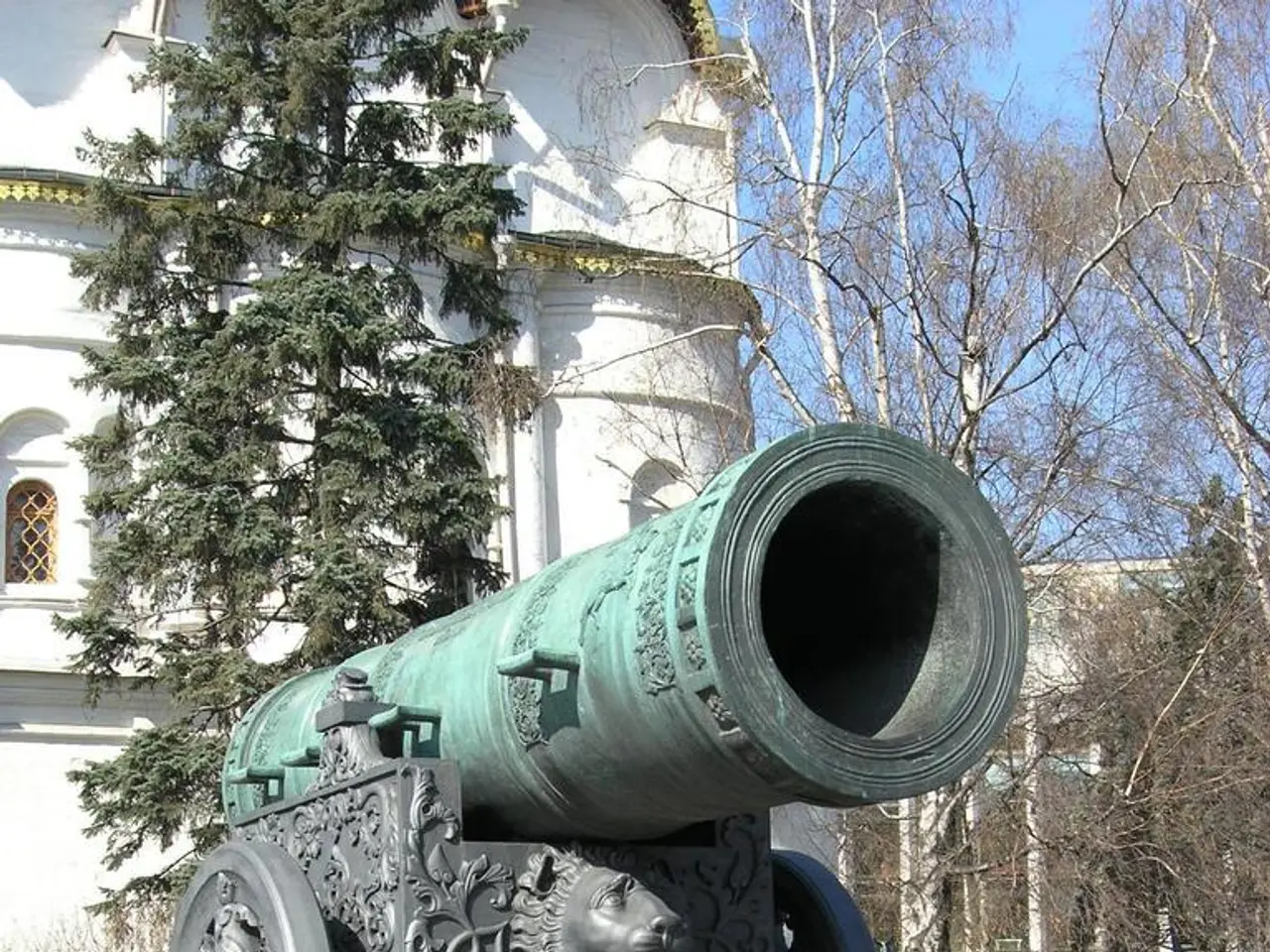Shelling by Russia in southern Ukraine results in three fatalities
In a significant development, Ukraine and Russia have agreed to a prisoner exchange of 1200 prisoners of war each, marking a potential step towards de-escalation in the ongoing conflict. The exchange was agreed upon during the third round of peace talks in Istanbul on July 23, with work on the lists for the prisoner exchange currently underway.
However, this prisoner exchange does not have any direct impact on the nuclear submarine, the "Knyaz Pozharsky." Commissioned by Russian President Vladimir Putin on July 24, the submarine, part of the Borei-A class 955A and belonging to the 4th generation of nuclear-powered submarines, has reached the main base of the Northern Fleet's submarine forces in Gadzhiyevo, around 100 kilometers east of the border with Norway. The submarine, equipped with ballistic missiles (SSBN), is fully operational.
Meanwhile, Russia has significantly increased its drone production in 2025, reportedly tripling output with critical engineering and component support from China. Russian drone plants aim to produce up to 10,000 drones monthly in 2025, an increase from roughly 1,850 drones monthly early in the year, reflecting a more than threefold rise.
Mostly, Russia produces Shahed-type drones (variants Shahed-136, Shahed-131, and Geran 2), which are copies or modifications of Iranian designs enhanced with Chinese technology. These drones are increasingly integrated into frontline combat, targeting Ukrainian positions and civilian infrastructure alike.
Quality improvements have increased drone potency by about 50%, making them more resistant to electronic warfare and harder to defend against. The deployment frequency has increased from every 10–12 days in 2024 to every 3–4 days by mid-2025, with peak drone deployments reaching up to 7,800 in one period.
The expanded drone use facilitates intensified nightly strikes on both frontline and rear Ukrainian targets, including attempts to disrupt ground lines of communication. This leverages drones simultaneously with traditional artillery and multiple-launch rocket systems (MLRS).
The surge in Russian drone use presents evolving challenges for NATO security. The ability to deploy large-scale drone swarms calls for enhanced intelligence, surveillance, reconnaissance, and intelligent countermeasures to combat hardened drones resistant to electronic countermeasures. It also raises concerns about escalation and regional security stability.
Ukrainian President Volodymyr Zelenskyy reported about the prisoner exchange on social media, but it has not been confirmed by Russian officials yet. Meanwhile, three people were killed in Russian attacks in the Ukrainian region of Zaporizhzhia, specifically in the settlement of Stepnohirsk, located a few kilometers from the front line. Private homes were destroyed in these attacks.
[1] The New York Times. (2025, September 1). Russia's Drone Production Surges, Complicating Ukrainian Defense Efforts. [online] Available at: https://www.nytimes.com/2025/09/01/world/europe/russia-ukraine-drones.html
[2] BBC News. (2025, August 20). Russia's Drone Offensive in Ukraine: What You Need to Know. [online] Available at: https://www.bbc.com/news/world-europe-61319372
[3] The Washington Post. (2025, July 15). Russia's Drone Production Soars, Raising Concerns for NATO and Ukraine. [online] Available at: https://www.washingtonpost.com/world/europe/russias-drone-production-soars-raising-concerns-for-nato-and-ukraine/2025/07/15/e231c2a8-029c-11eb-b8d8-96e03e7a1c6d_story.html
[4] The Guardian. (2025, June 25). Russia's Drone Offensive in Ukraine: A Game-Changer or a Short-Term Advantage? [online] Available at: https://www.theguardian.com/world/2025/jun/25/russias-drone-offensive-in-ukraine-a-game-changer-or-a-short-term-advantage
- The escalating drone production in Russia, as reported in policy-and-legislation articles such as the one from The New York Times, presents significant challenges for community policy regarding NATO security, especially when it comes to countering hardened drones resistant to electronic countermeasures.
- In the realm of politics, the widespread use of Russian drones in conflicts like the one in Ukraine has raised concerns about crime-and-justice issues and the potential for escalation, as documented in general-news sources like BBC News and The Washington Post.
- The ongoing war-and-conflicts in Ukraine, marked by a surge in drone deployments from Russia, has highlighted the need for updated employment policies within Ukraine's defense forces to ensure they can adequately respond to changing threats and maintain regional security stability.
